In a world where climate change feels less like a distant specter and more like an uninvited, persistent guest, the unpredictability of Mother Nature is no longer an anomaly but an expectation. Once rare, wild weather phenomena are becoming alarmingly commonplace, challenging our understanding of climate patterns and pushing the limits of our preparedness.
1. The Brazilian Snowfall

In July 2021, Southern Brazil experienced a remarkable snowfall that left locals spellbound—and shivering. For a region better known for its tropical beaches than frosty landscapes, the event was both enchanting and disconcerting. Snowflakes dusted cities like Curitiba, with temperatures plunging to their lowest in decades. Farmers scrambled to protect crops unused to such chills, while residents bundled up in winter coats, a rare sight in these parts.
This unexpected snowfall wasn’t just a quirky headline; it was a testament to the erratic shifts in global weather patterns. It served as a stark reminder that even regions accustomed to milder climates are not immune to climate chaos. As scientists dig deeper, there’s growing concern about what these shifts portend for Brazil’s agriculture and economy. Meanwhile, the snow provided a brief, albeit chilly, respite from the usual humidity.
2. The Texas Freeze

When Texas turned into an icebox in February 2021, it wasn’t just the plunging mercury that froze the state—it was the shock of the unprecedented event. According to the New York Times, this deep freeze left millions without electricity and water, laying bare the vulnerabilities in the state’s infrastructure. Texans, unaccustomed to such extreme cold, faced an urgent scramble for warmth and safety.
The freeze was a jarring illustration of how weather extremes can overwhelm systems and leave communities reeling. It underscored the urgent need for resilient infrastructure capable of withstanding such anomalies. As power grids buckled and pipes burst, the event sparked debates about energy policy and climate adaptation. The Lone Star State, known for its independence, found itself relying on the generosity of neighbors.
3. The Mediterranean Hurricane
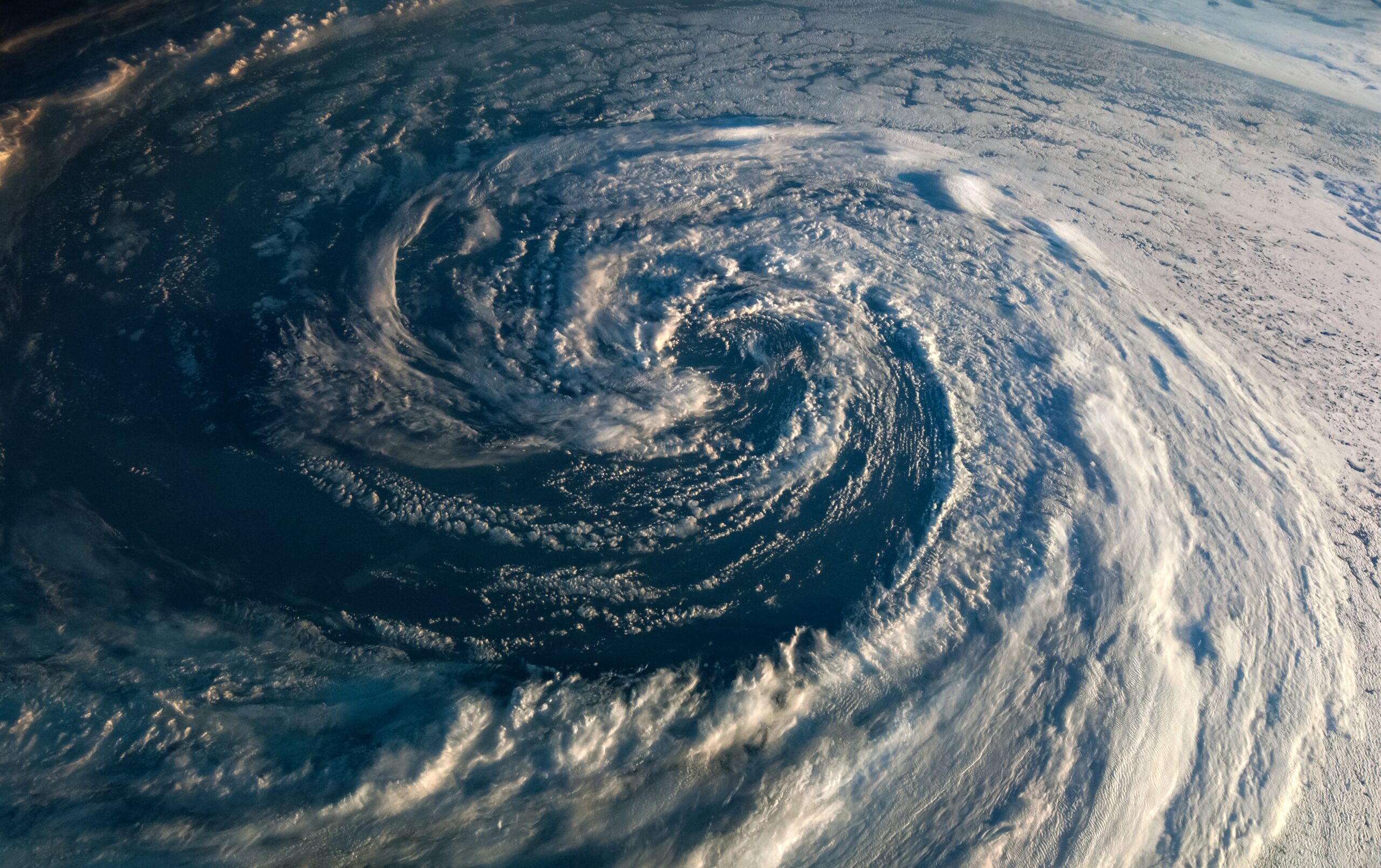
In September 2020, a rare ‘medicane’ swirled in the Mediterranean Sea, a region typically associated with serene, azure waters. Named Ianos, this unexpected hybrid storm wreaked havoc in parts of Greece, leaving a trail of floods and destruction in its wake. According to NASA, medicanes are not entirely new but are exceptionally unusual, blending characteristics of both tropical and mid-latitude storms.
The emergence of Ianos was a stark reminder of the climate’s evolving unpredictability, challenging the idyllic image of Mediterranean shores. It raised questions about the preparedness of regions historically unaccustomed to such storms. As the storm system barreled across the sea, it brought with it a cautionary tale of the unforeseen challenges posed by climate change. Locals were left grappling with the aftermath, highlighting the need for comprehensive disaster readiness.
4. Snow in the Sahara

The Sahara Desert, synonymous with scorching heat and endless dunes, donned a rare white cloak in January 2021. This extraordinary snowfall transformed the fiery sands of Ain Sefra, Algeria, into a surreal winter wonderland. For only the fourth time in nearly fifty years, snow settled on the desert, enchanting the world with images of snow-capped red dunes. The temperature plunged to -3°C, a chill that left locals and wildlife bewildered.
While it was a picturesque spectacle, the event raised concerns about the shifting climate patterns affecting even the most arid regions. The Sahara’s sudden transformation highlighted the growing unpredictability of weather systems. Scientists pointed to possible shifts in atmospheric currents as a factor, urging further research. For a brief moment, the desert’s harshness was softened, leaving a fragile, ephemeral beauty in its wake.
5. The Australian Heatwave

Australia, accustomed to sun-soaked summers, faced an inferno in January 2019 that broke records and pushed the nation to its limits. The relentless heatwave saw temperatures soar past 49°C in some areas, igniting wildfires and prompting health warnings. The extreme heat took a toll on infrastructure, wildlife, and communities, with heat-related incidents surging. Beaches, usually a refuge, offered little relief as the oppressive heat persisted.
This punishing heatwave was a stark illustration of the intensifying climate crisis, with experts warning of more frequent events. It forced Australians to confront the harsh realities of living in a warming world, where traditional coping mechanisms are increasingly inadequate. The fires that raged alongside the heatwave underscored the urgent need for climate action and adaptation strategies. As the nation cooled down, the debate on climate policy heated up.
6. The Deadly European Floods
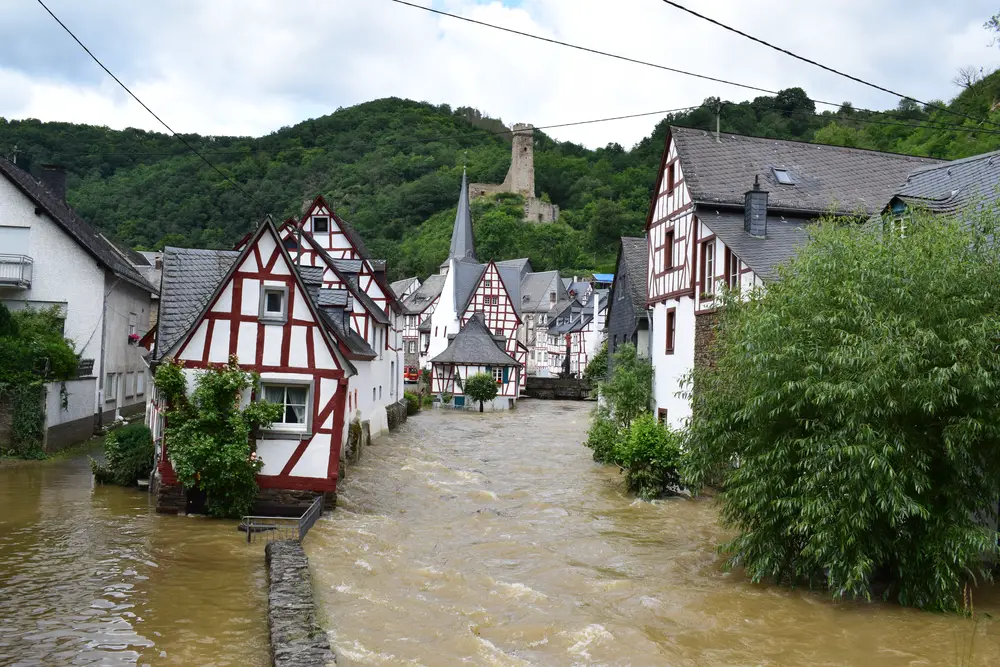
In July 2021, parts of Western Europe witnessed devastating floods that swept through towns and cities with terrifying force. Germany and Belgium were hit hardest, as torrents of water transformed streets into rivers, obliterating homes and infrastructure. The deluge was described as a once-in-a-lifetime event, with some areas experiencing a month’s worth of rain in just 24 hours. The human and economic toll was staggering, with communities left to pick up the pieces.
These floods were a grim reminder of the increasing frequency of extreme weather events linked to climate change. They exposed the vulnerabilities in Europe’s flood management systems and prompted urgent calls for improved infrastructure. As waters receded, the focus shifted to rebuilding and resilience, with a renewed emphasis on sustainable urban planning. The floods left an indelible mark on the landscape and psyche of the affected regions.
7. Unprecedented Lightning Storms in California

California’s dry landscapes were set ablaze in August 2020, not by the usual human activities, but by an extraordinary lightning storm. Over 12,000 lightning strikes were recorded over just a few days, igniting multiple wildfires across the state. This rare meteorological event was fueled by a unique combination of weather systems, creating a tinderbox scenario. The fires that followed led to widespread evacuations and destruction.
The intensity and scale of these lightning storms highlighted the growing complexity of fire seasons in the age of climate change. California, already grappling with prolonged droughts and heatwaves, faced an unprecedented challenge. The event underscored the need for robust firefighting resources and strategic planning. As the skies lit up, the state was reminded of nature’s unpredictable power and the need for vigilance.
8. The Indian Ocean Cyclone Binge
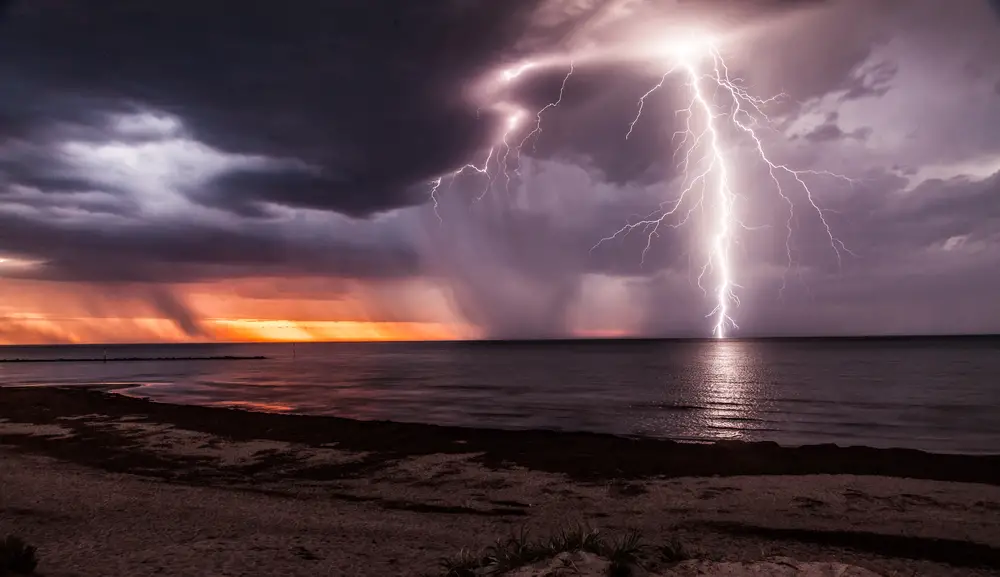
In 2019, the Indian Ocean region was battered by an unusual series of cyclones, each more intense than the last. Cyclone Idai, in particular, became one of the most destructive storms to hit Mozambique, leaving a trail of devastation. The back-to-back storms were a testament to the changing dynamics of tropical cyclones, with climate change altering their frequency and intensity. The humanitarian crisis that ensued prompted an international response.
These cyclones served as a sobering reminder of the vulnerabilities faced by coastal communities in developing nations. The increasing ferocity of such storms is linked to warming ocean temperatures, fueling their power. The aftermath highlighted the urgent need for climate adaptation and disaster preparedness in vulnerable regions. Communities united in the face of adversity, showcasing resilience and the spirit of recovery.
9. The Delayed Monsoon in India
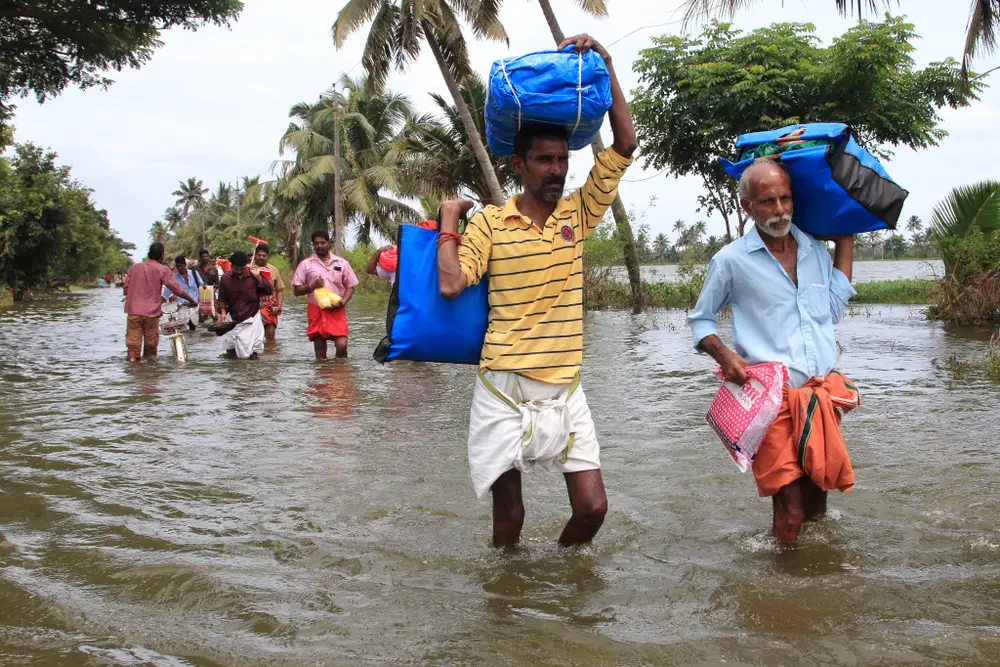
June 2019 saw India grappling with a delayed monsoon, causing widespread anxiety in a nation heavily reliant on seasonal rains. The monsoon, which typically arrives in early June, was postponed by several weeks, leading to drought conditions in many regions. The delay had significant repercussions for agriculture, water supply, and daily life, with farmers bearing the brunt of the uncertainty.
This disruption in the monsoon cycle raised concerns about the impacts of climate change on critical weather patterns. The monsoon, which supports over a billion people, is intricately tied to the nation’s economy and food security. As scientists study the shifting patterns, there’s a growing urgency for adaptive strategies. The experience underscored the delicate balance between nature and human livelihoods.
10. The Polar Vortex in Europe

In February 2021, Europe faced a brutal cold snap as the polar vortex unleashed arctic conditions across the continent. Temperatures plummeted to record lows, with snow blanketing regions unaccustomed to such chills. The severe weather disrupted travel, strained energy supplies, and challenged communities already grappling with the pandemic. The phenomenon drew attention to the complex interactions between climate change and weather extremes.
The polar vortex was a vivid example of how shifts in atmospheric patterns can lead to dramatic weather events. As researchers delve into the links between warming Arctic temperatures and polar vortex disruptions, there’s an urgent call for understanding these dynamics. The cold wave was a reminder of nature’s unpredictability and the need for resilience in the face of extreme weather. Europe, briefly frozen, emerged with a renewed focus on climate mitigation.
11. The Canadian Heat Dome
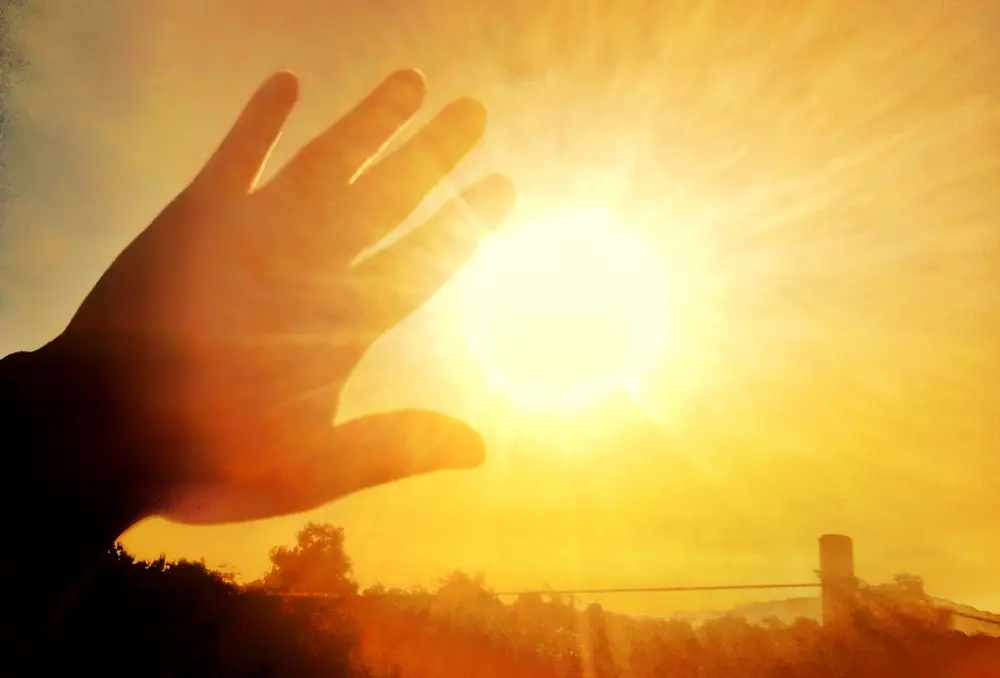
June 2021 saw Canada sweltering under an unprecedented heat dome, pushing temperatures to historic highs. Lytton, British Columbia, recorded a searing 49.6°C, only to be ravaged by wildfires the following day. The heatwave shattered records and had a profound impact on the ecosystem, wildlife, and human health. The event was a stark reminder of the vulnerabilities faced by regions unprepared for such extremes.
The Canadian heatwave was a harbinger of the intensifying climate crisis, highlighting the need for comprehensive adaptation strategies. As the country reeled from the heat, discussions on climate policy and resilience intensified. The event underscored the importance of infrastructure and community preparedness for future extremes. The heat dome served as a wake-up call, urging nations to act swiftly in the face of climate change.
12. The Atlantic’s Hyperactive Hurricane Season
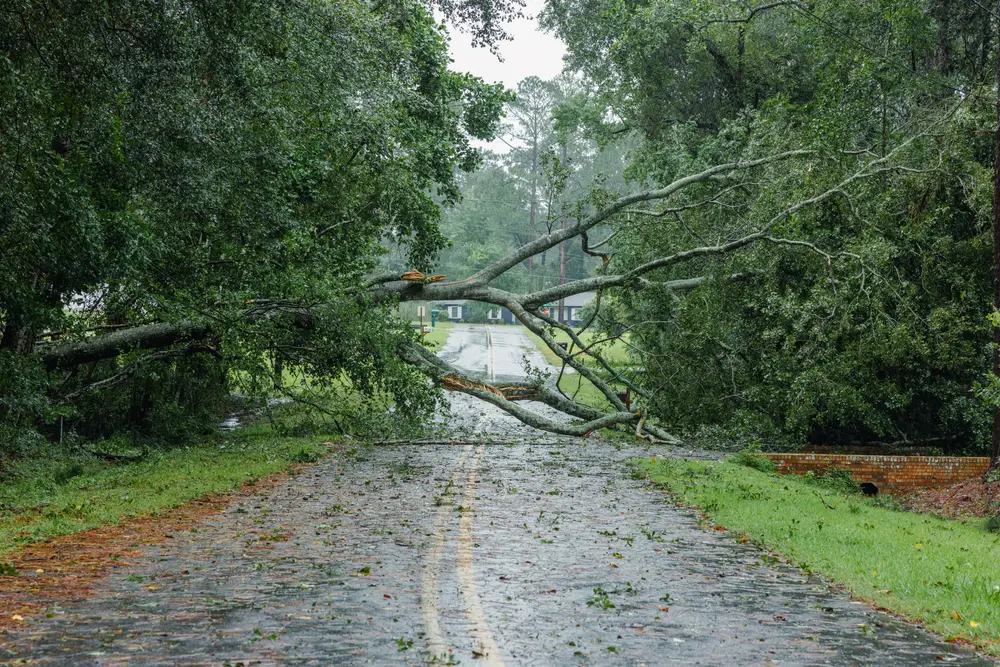
The 2020 Atlantic hurricane season was one for the record books, with 30 named storms and 12 making landfall in the United States. This hyperactive season was fueled by a combination of favorable atmospheric conditions and warming sea surfaces. The relentless barrage of storms left a trail of destruction across coastal communities, straining response efforts and resources.
The season was a stark illustration of the increasing intensity and frequency of tropical storms in a warming world. It highlighted the importance of robust infrastructure and effective emergency management systems. As communities rebuilt, the focus shifted to enhancing resilience against future storms. The hyperactive season underscored the urgent need for global climate action and adaptation strategies.
13. The Unprecedented Dust Clouds Crossing Oceans

In June 2020, a massive Saharan dust cloud traversed the Atlantic Ocean, affecting air quality across the Caribbean and the United States. The dust cloud, nicknamed “Godzilla,” was unusually large and dense, casting a hazy pall over skies and prompting health advisories. The phenomenon highlighted the interconnectedness of global weather systems and their far-reaching impacts.
This event was a reminder of the complexities of atmospheric dynamics in the age of climate change. The dust cloud brought a mix of environmental and health challenges, affecting everything from visibility to respiratory health. As scientists study the frequency and composition of such events, the focus is on understanding their implications. The Godzilla dust cloud served as a visual representation of the planet’s dynamic and unpredictable nature.
